Fix 1: Run the Windows Update Troubleshooter
Windows 11 includes a dedicated troubleshooter that can automatically scan, detect, and fix any issues with Windows Updates. It’s a good idea to run this tool before trying anything else.
Step 1: Press the Windows key + I to open the Settings app and head to System > Troubleshoot.
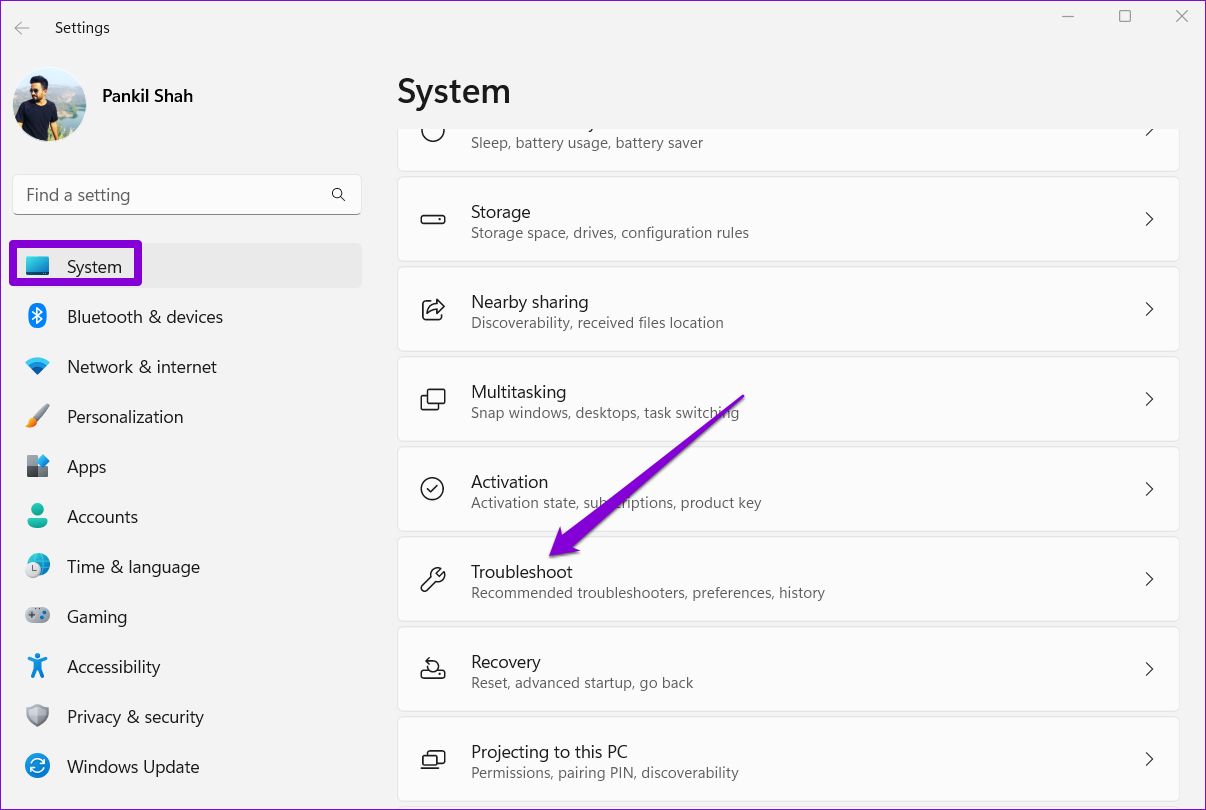
Step 2: Go to Other troubleshooters.
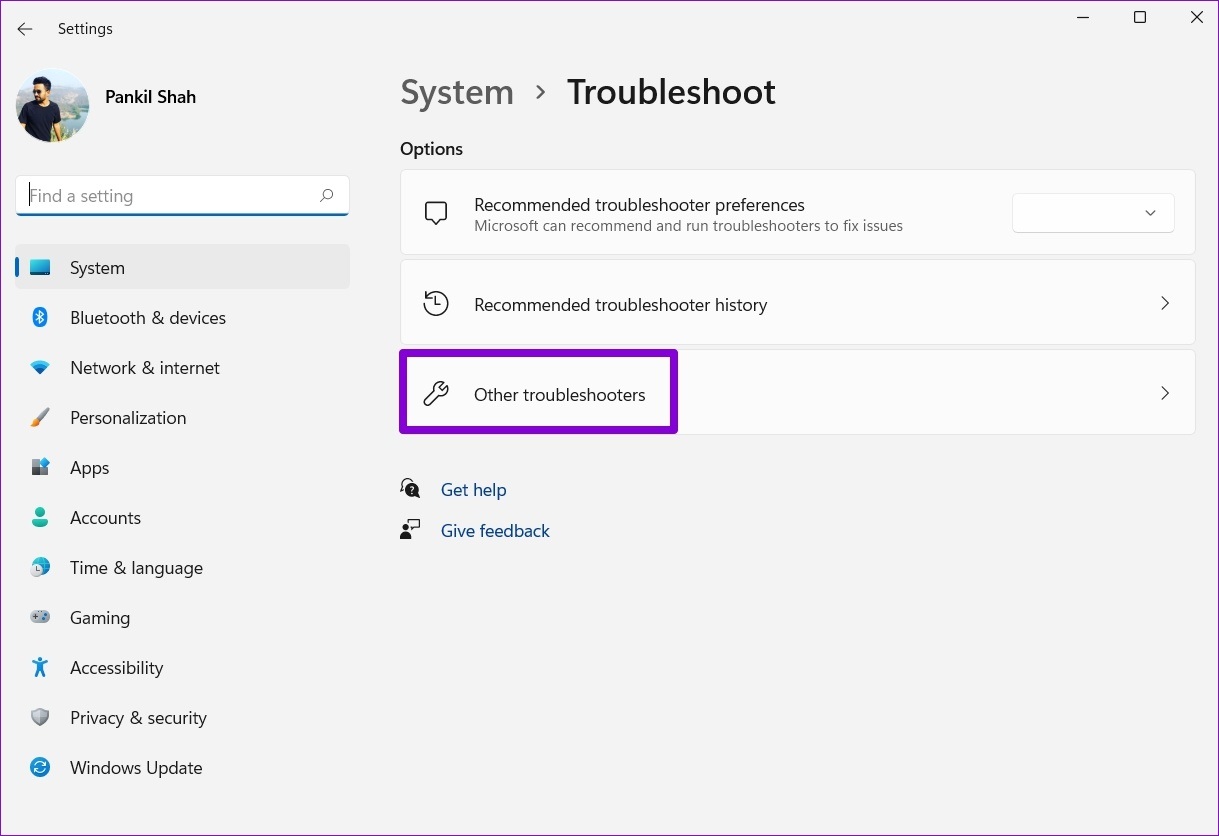
Step 3: Click the Run button next to Windows Update. The tool will start scanning your system for any problems and fix them.

Fix 2: Check Services Related to Windows Update
Another reason Windows 11 may fail to download or install updates is if some of the services related to Windows updates are not running. Specifically, Windows Update and Background Intelligent Transfer Service (or BITS) are the two services that need to run in the background for Windows updates to be applied.
Step 1: Press the Windows key + R to launch the Run dialog box, type in services.msc, and press Enter.
Step 2: Locate and double-click the Windows Update service to open its properties.

Step 3: Change the Startup type to Automatic. Then, hit Apply.

Similarly, change the startup type for “Background Intelligent Transfer Service” to Automatic and then restart your PC.
Fix 3: Disable Metered Connection
Windows may fail to download large update files if you have enabled the metered connection option. Hence, it’s best to turn it off.
Step 1: Press the Windows key + I to launch the Settings app. In the Network & internet tab, click on Wi-Fi.
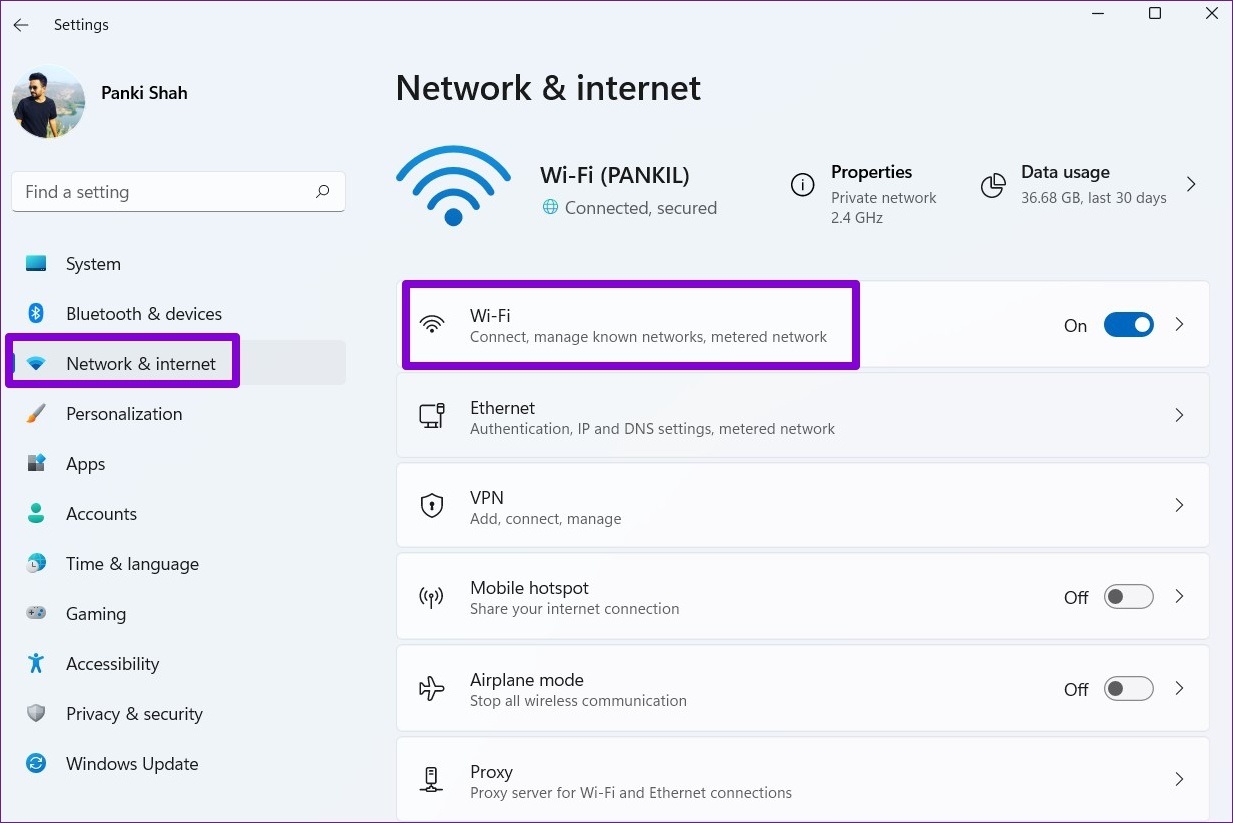
Step 2: Click on your Wi-Fi network to open its properties.
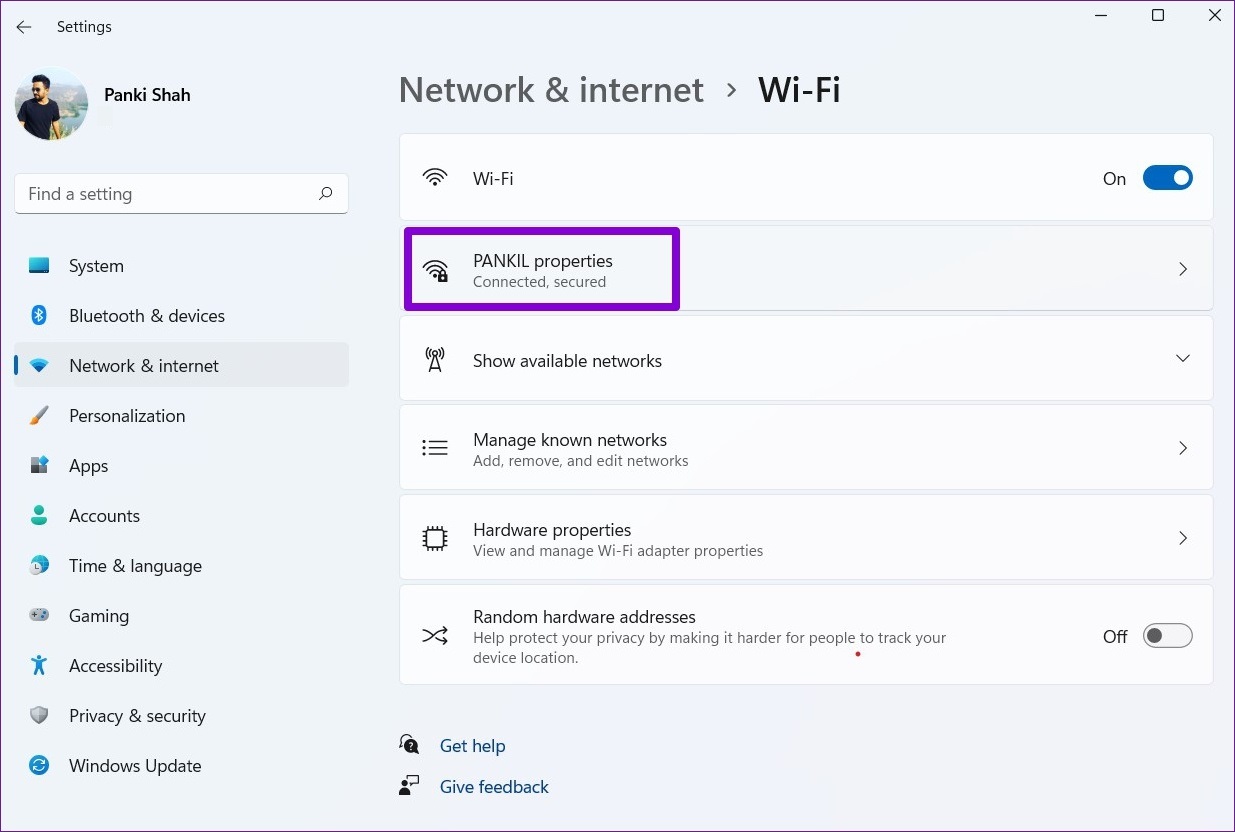
Step 3: Disable the switch next to Metered connection.
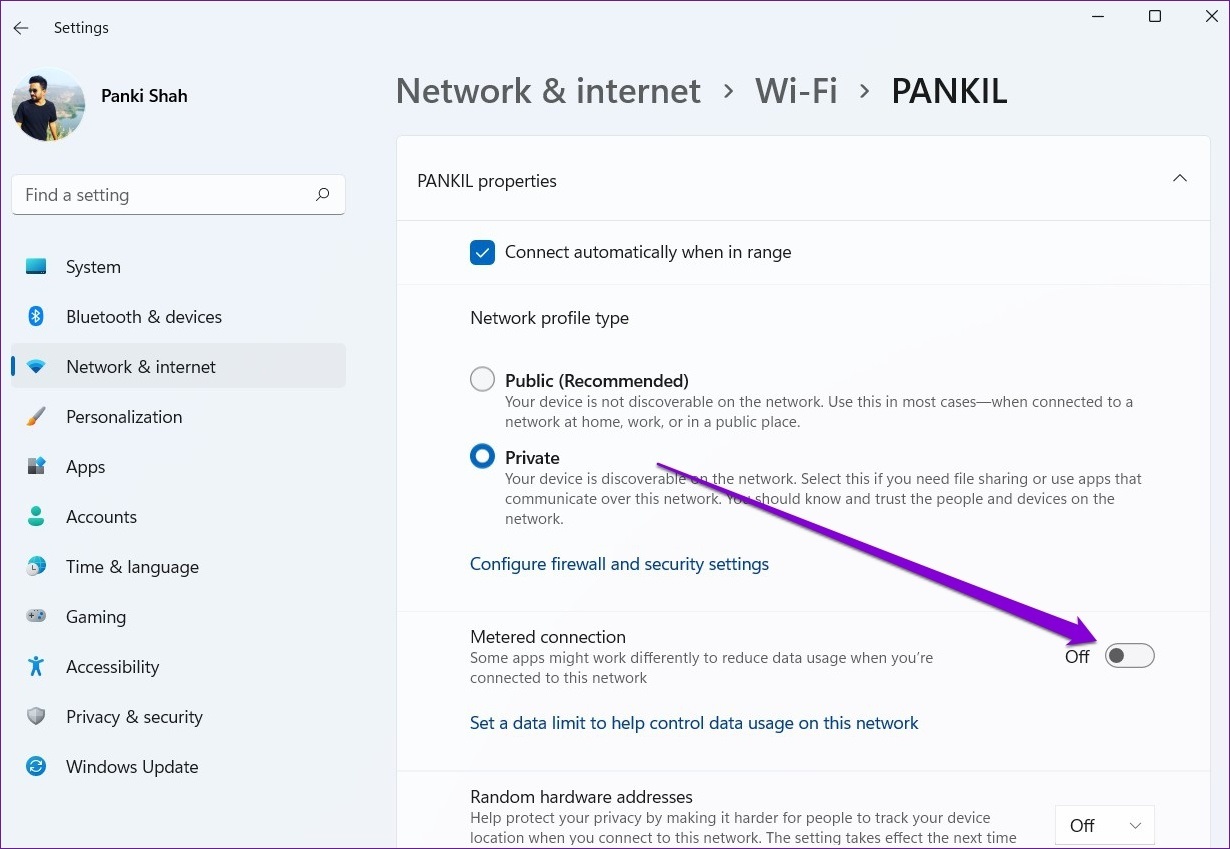
Fix 4: Delete Existing Update Files From SoftwareDistribution Folder
If the Windows 11 update appears stuck, there could be an issue with the downloaded update files. To fix it, you can delete the existing update files from the SoftwareDistribution folder and start over.
Step 1: Click on the search icon on the taskbar, type services in the box, and select the first result that appears.

Step 2: Locate the Windows Update service. Right-click on it and select Stop.
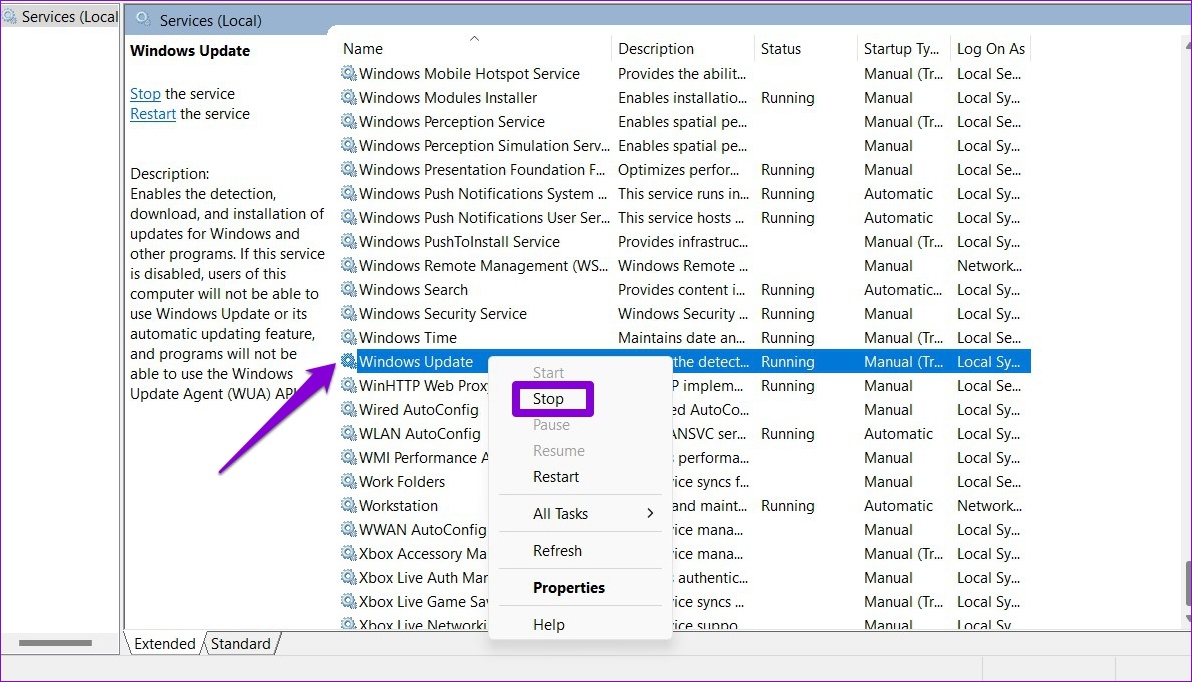
Step 3: Press the Windows key + R to launch the Run dialog box. Type C:\Windows\SoftwareDistribution and press Enter.
Step 4: Select all files in the SoftwareDistribution folder and click the trash icon at the top to delete them.
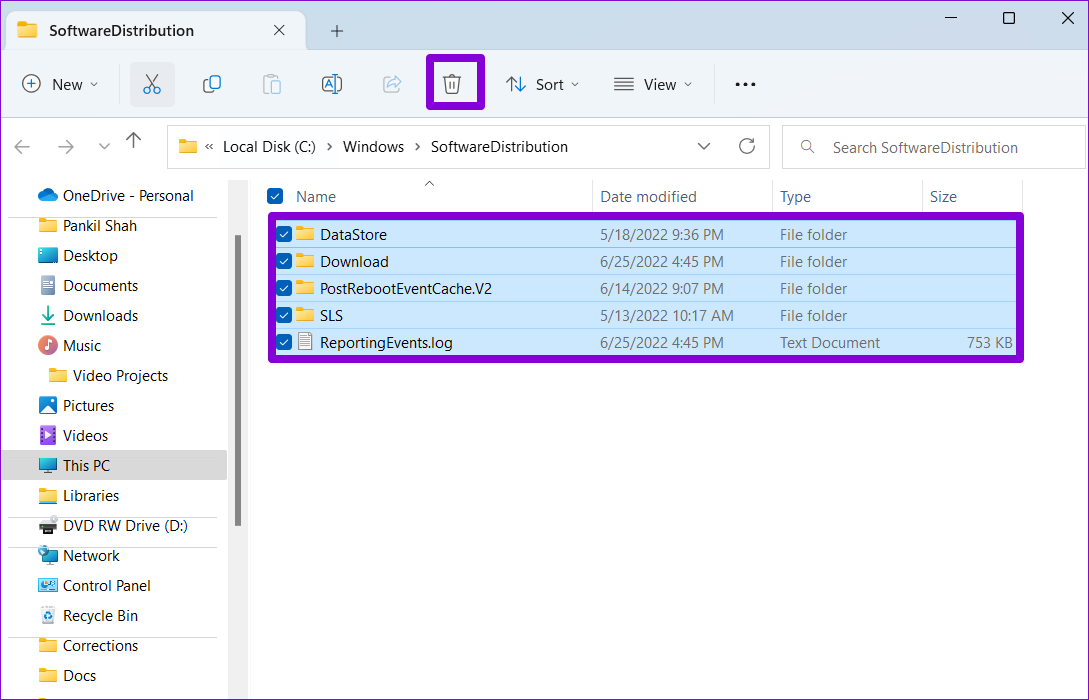
Step 5: Head back to the Services window, right-click on Windows Update, and click Start.

Fix 5: Run SFC and Check Disk Scans
Issues with the system files on your PC can also affect the Windows update process. To rule this out, you can run an SFC (System File Checker) and Check Disk to repair corrupted or missing system files on your PC. Here’s how.
Step 1: Right-click on the Start menu icon and select Terminal (Admin) from the list.
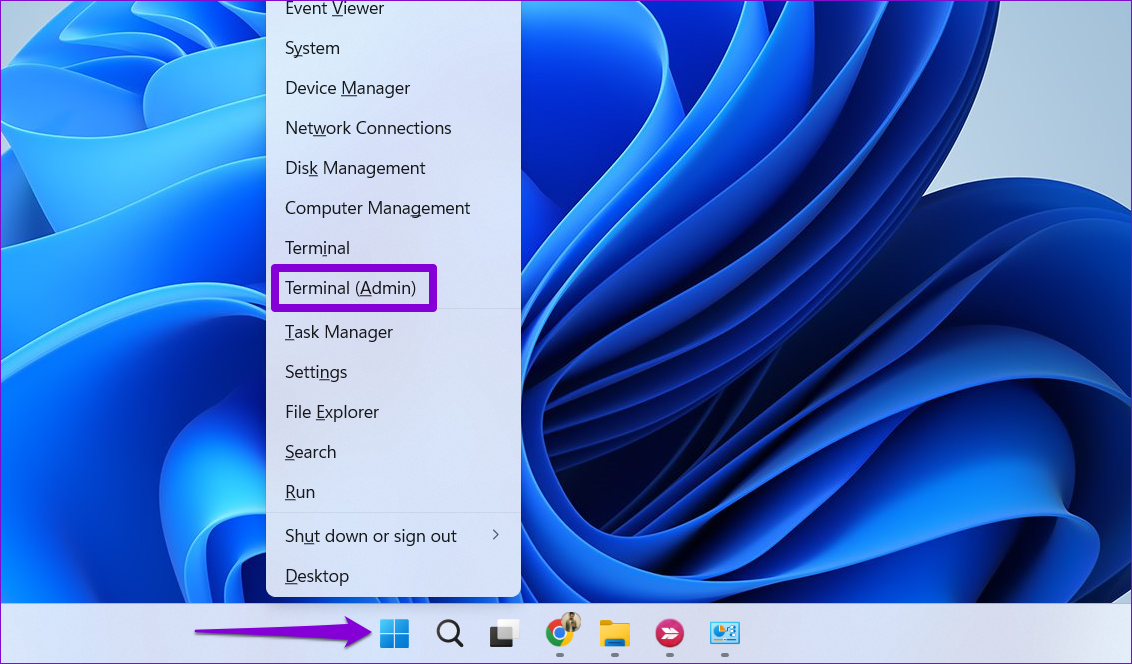
Step 2: Paste the following command in the console and press Enter.
sfc /scannow

Step 3: Paste the following command in the console and press Enter to run the check disk scan.
chkdsk C: /f
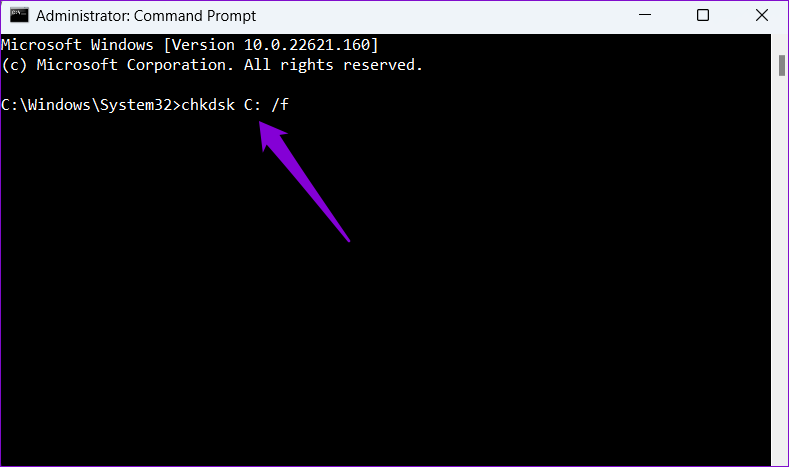
Restart your PC after running the above commands and try to install Windows updates again.
Fix 6: Check Device Manager for Errors
Third-party drivers on your PC can also interfere with Windows processes at times. If there’s an issue with one of the drivers on your PC, you must fix it first by employing the steps below.
Step 1: Right-click on the Start icon and select Device Manager from the list.
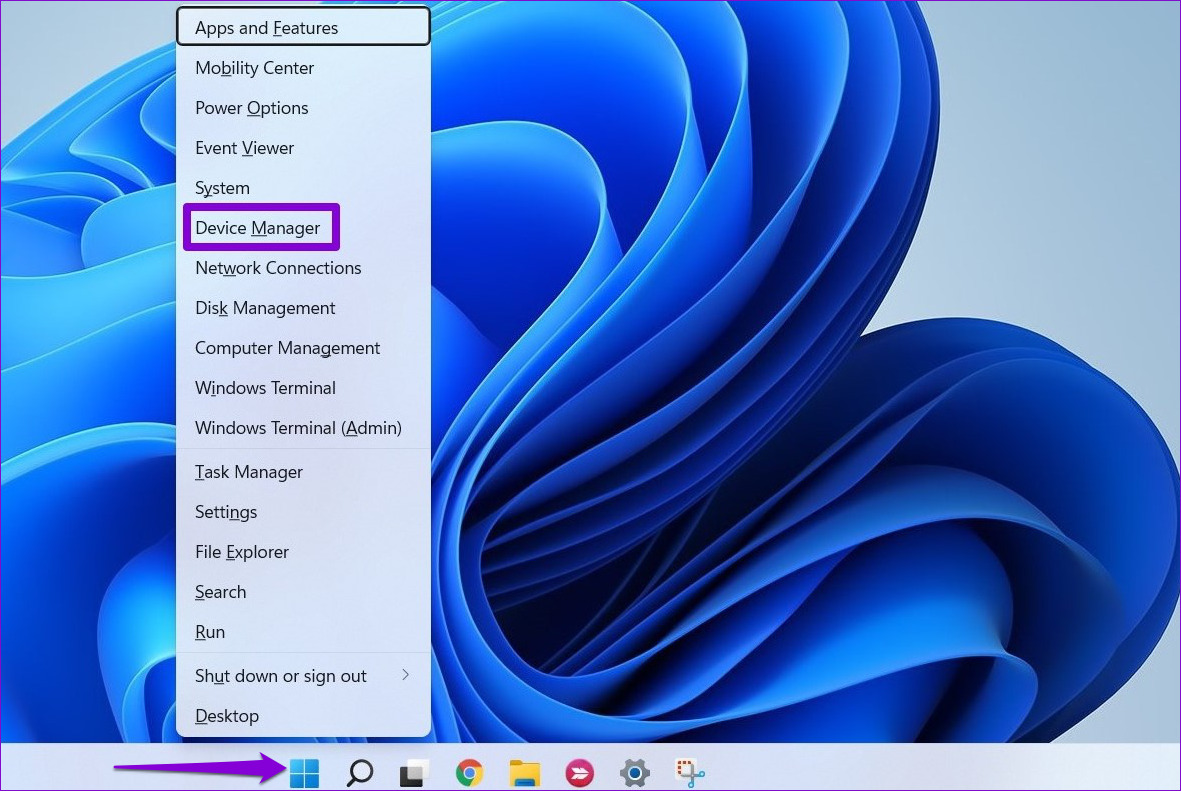
Step 2: Scroll through the list and see if any drivers have a yellow exclamation sign. If found, right-click on it and select the Update driver option.

Follow the on-screen instructions to finish updating the driver. Once updated, check to see if Windows can install updates.
Fix 7: Try Clean Boot
If nothing works, you can try booting Windows in a clean boot state. This will load your PC without third-party apps and programs and prevent them from interfering with the update process.
Step 1: Press the Windows key + R to open the Run dialog box, type in msconfig, and press Enter.
Step 2: Under the Services tab, mark the box that reads Hide all Microsoft services box. Then, click the Disable all button.
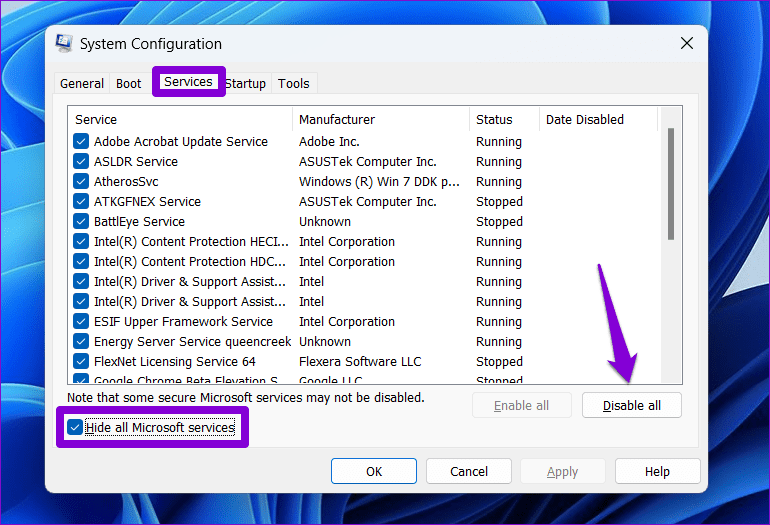
Step 3: Switch to the Startup tab and click on Open Task Manager.
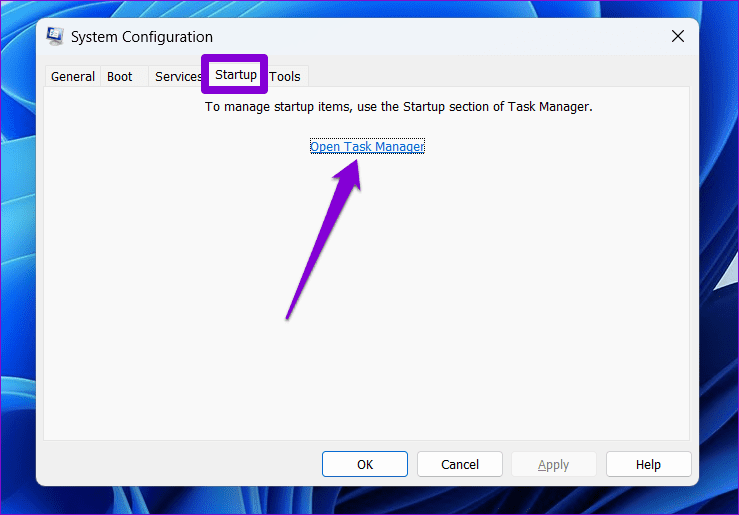
Step 4: Select a third-party app or program and click the Disable button at the top. Repeat this step to disable all the third-party apps and programs.

Restart your PC to enter the clean boot state, and you should be able to install Windows updates without a problem.
Was this helpful?
Last updated on 05 June, 2024
1 Comment
Leave a Reply
The article above may contain affiliate links which help support Guiding Tech. The content remains unbiased and authentic and will never affect our editorial integrity.

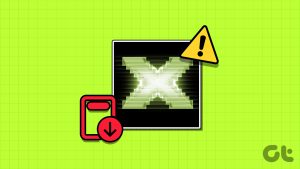



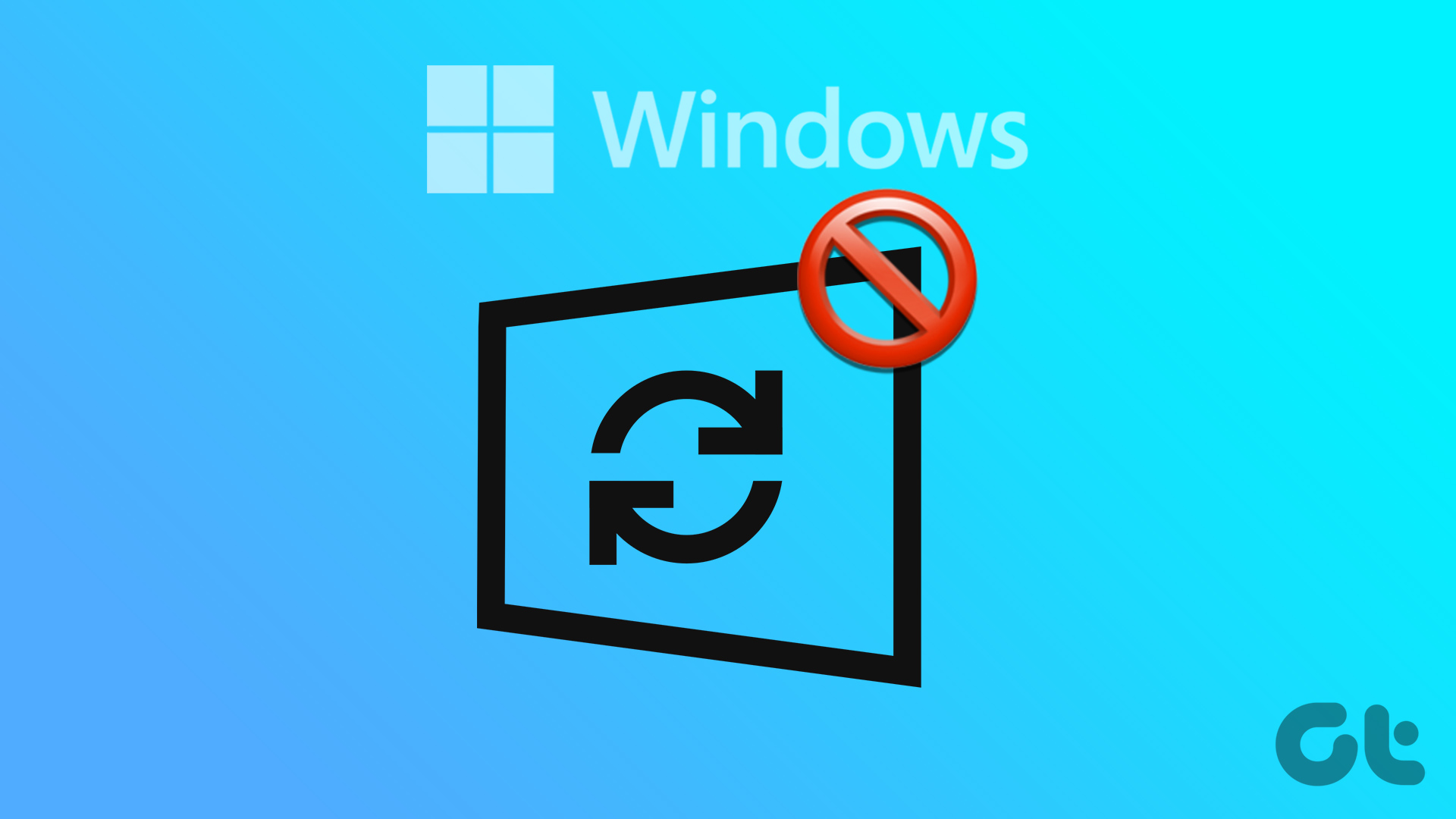
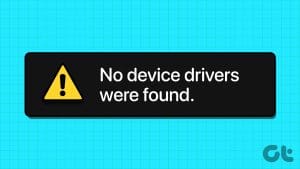

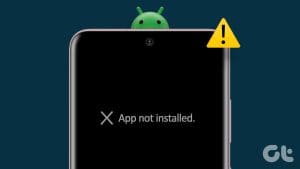


Thank you – very helpful. Nothing else worked. Other sites had wrong info. Thanks!